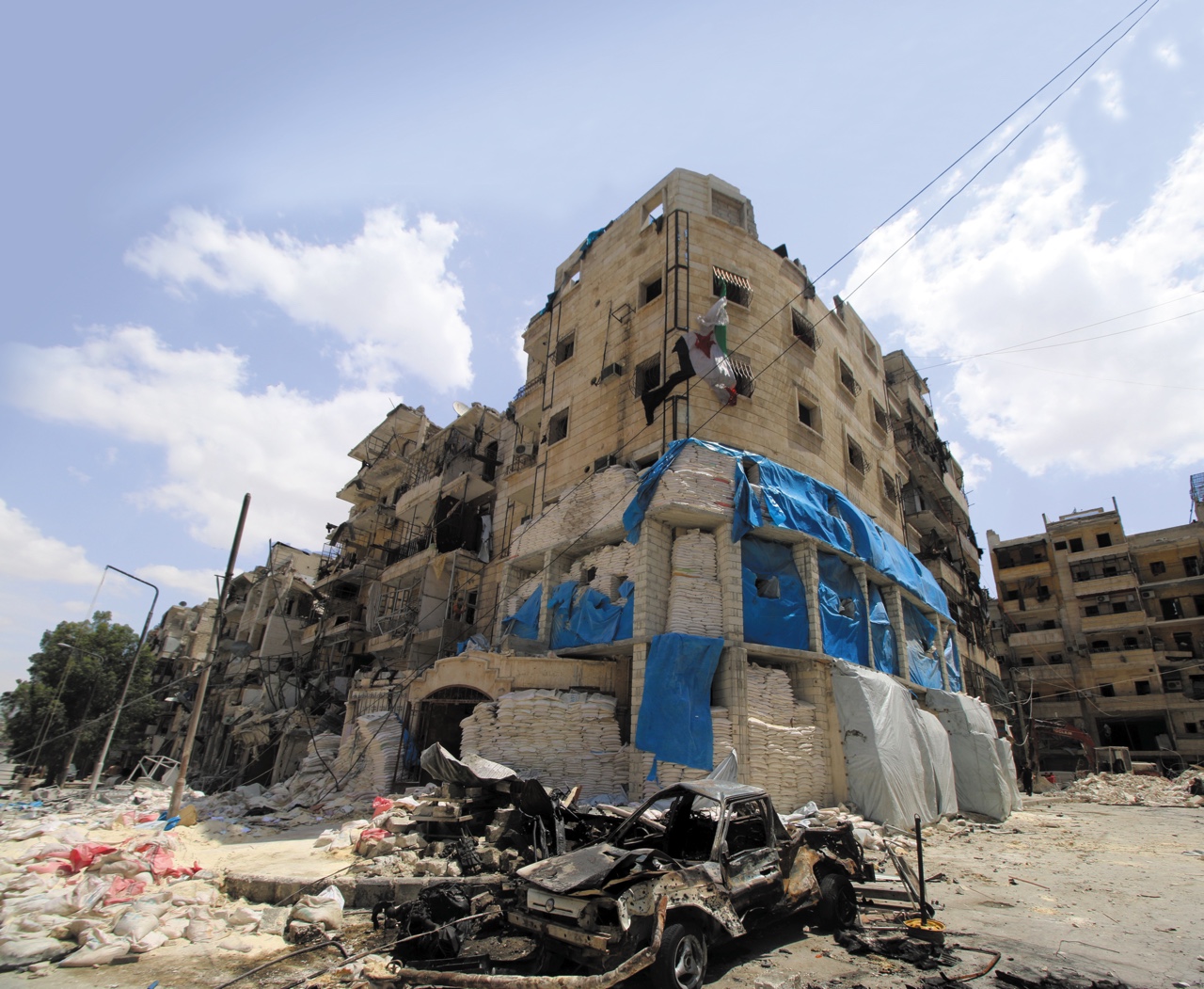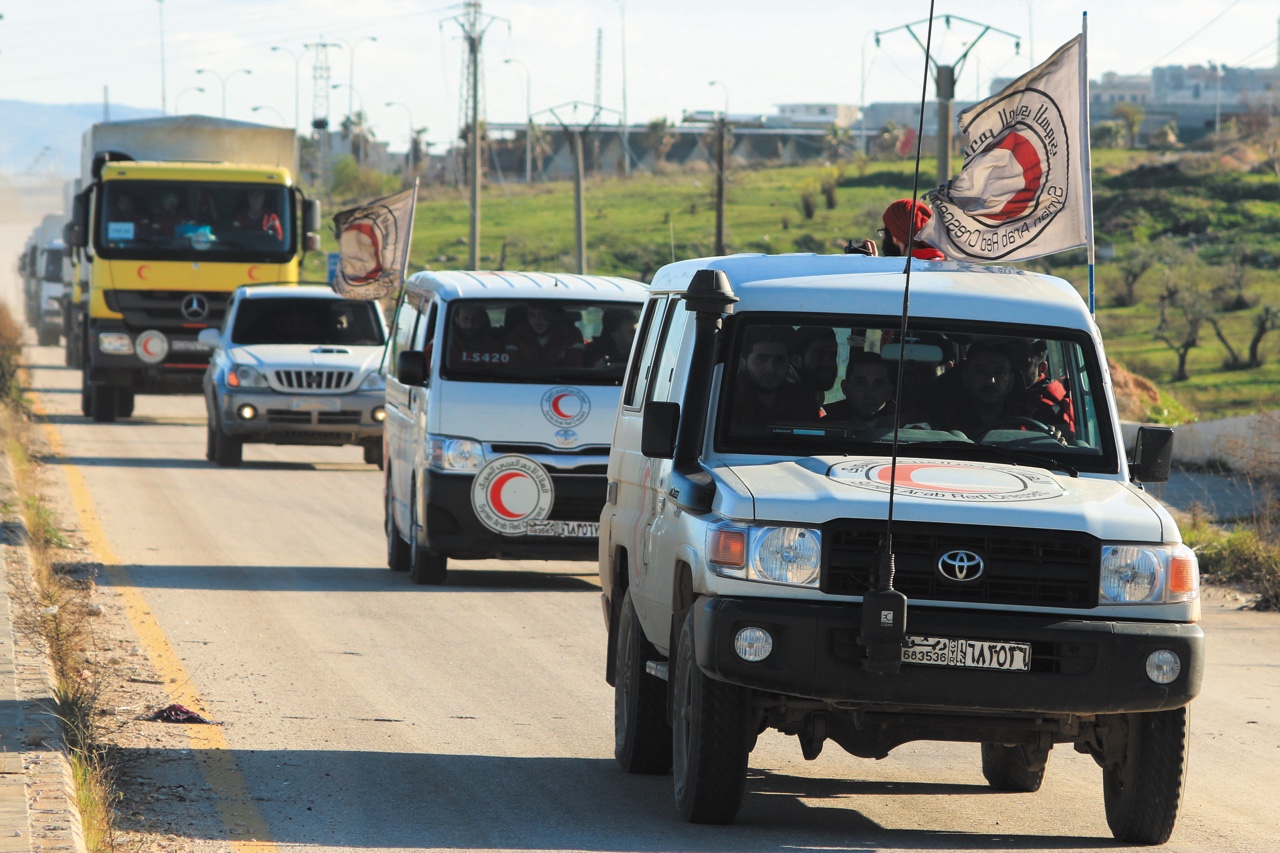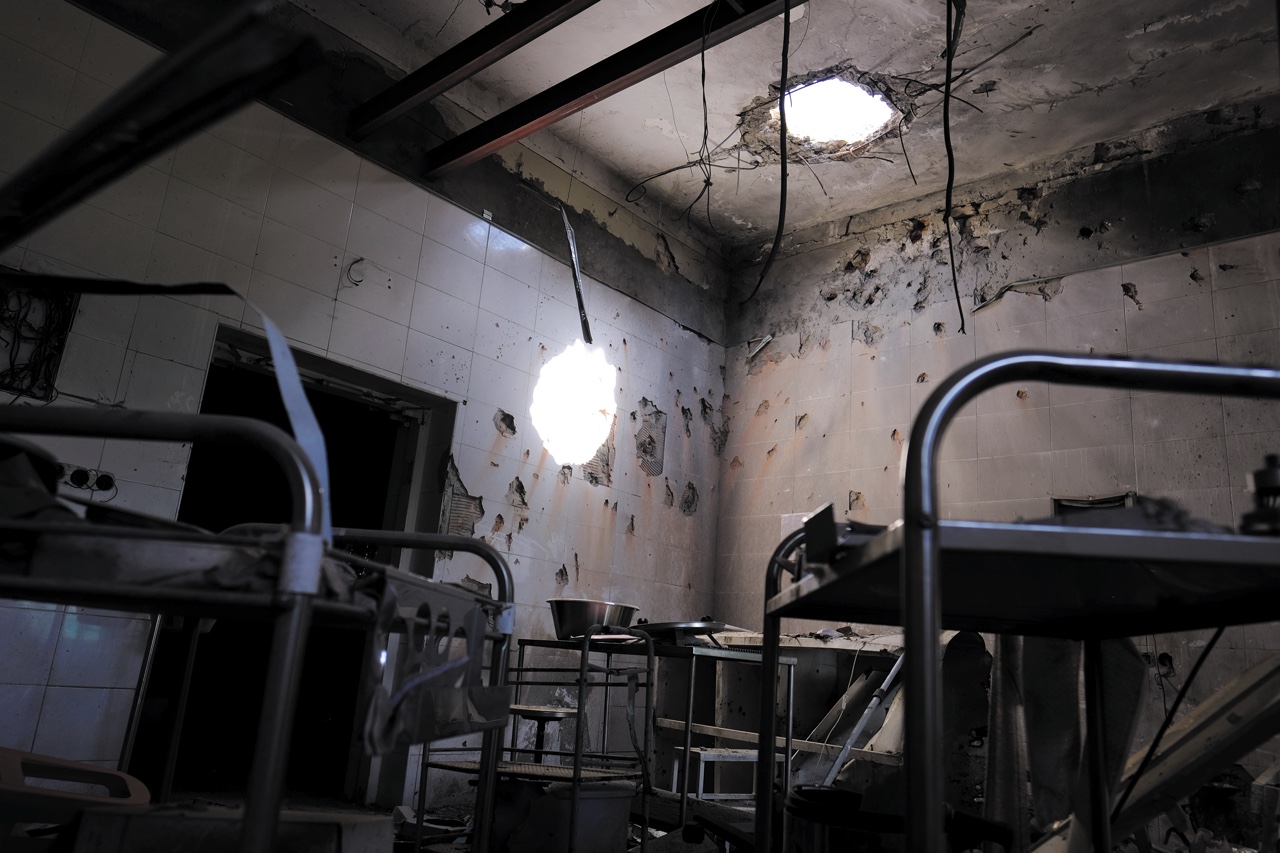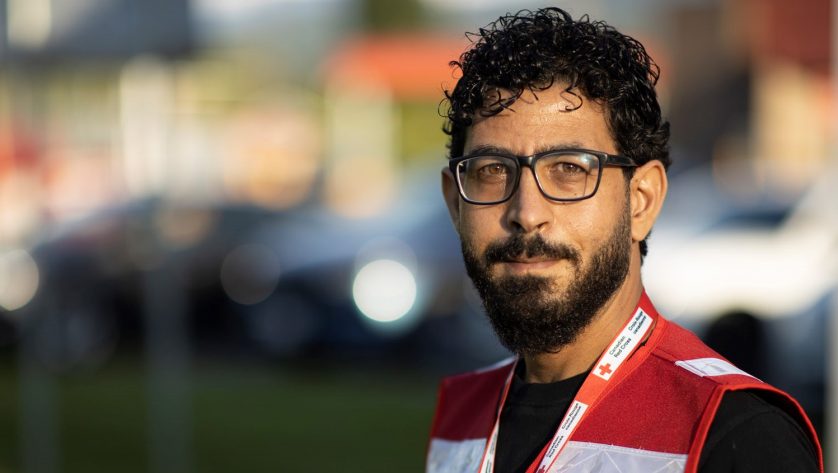Calls for action
For these reasons, many were hoping the World Humanitarian Summit, which convened in Istanbul in May to address important reforms in humanitarian aid, would also be a chance to galvanize greater support for the protection of civilians during conflict. One month prior to the Summit, the UN Secretary-General issued a report making just that case. In the event of conflict, he argued, adhering to IHL is the single most important way to reduce human suffering in armed conflicts.
But the structure of the Summit — a multi-stakeholder event that put non-governmental organizations (NGOs) on an equal footing with states — was not set up to result in binding commitments between states. Rather, its structure tended to focus on agreements between donors and aid groups and reforms within the aid sector.
For some organizations, such as MSF, this emphasis came at the expense of high-level political efforts to protect civilians and medical workers. Three weeks before the meeting, MSF pulled out of the Summit in protest. “The Summit has become a fig-leaf of good intentions, allowing these systematic violations, by states above all, to be ignored,” said MSF in a statement.
The Red Cross and Red Crescent Movement took a different approach. Although only 55 heads of state attended, the Summit still offered an important platform to push for action in support of IHL’s basic protections.
“What will future historians remember from our present time?” ICRC President Peter Maurer asked an audience at the Summit. “That millions of people were deliberately or carelessly targeted; that their homes, hospitals and schools were destroyed and entire cities bombed to rubble; that millions of men, women and children were forced into displacement? “We still have a shot at making a different kind of history.”
By the end of the Summit, 48 of the UN member states attending endorsed a joint statement affirming the importance of and adherence to IHL. But it remains to be seen if that pledge (signed by several states involved in ongoing conflicts) and the resolution of the UN Security Council will change the way warfare is being waged.
One of the key problems is that there is no consensus among humanitarian organizations, legal scholars and states on how to ensure compliance with the laws of war. Under the Geneva Conventions and Additional Protocol I, there are three potential mechanisms that a state party to an international armed conflict can trigger to investigate abuses.
Developed at a time when most conflicts were international disputes between states, these three mechanisms have rarely been put into action, in part because one of the main mechanisms — the international fact-finding commission — must be agreed on by both sides. Today, use of the commission is considered even less likely, given that most armed conflicts involve states and one or more non-state armed groups.
The roots of respect
In the absence of a clear and effective enforcement mechanism, efforts to encourage better compliance through softer methods continue. The ICRC, for example, continues to urge states, armed forces and non-state armed groups to weave principles embedded in the Geneva Conventions into both policy and practice. The efforts range from training sessions with soldiers and top brass, to lobbying lawmakers to enact legislation that codifies IHL into national laws.
In today’s increasingly complex conflicts, which feature a proliferation of non-state armed groups with a wide range of political philosophies and non-hierarchical command structures, that task has become more complicated.
Traditional IHL training and dissemination is possible when forces have a ‘vertical structure’ and clear chains of command. That is not so easy in many armed conflicts today.
“Look at Libya, where there were 246 armed groups registered in Misrata alone,” notes Fiona Terry, a research adviser at ICRC who has written extensively on humanitarian action in conflict. That said, Terry warns against the tendency of some observers to suggest that armed groups are the main violators of IHL. “States have also violated IHL and committed atrocities,” she says.
Given the changing nature of conflict, the ICRC wants to know more about why people do or don’t violate the rules of war, whatever kind of organization they may belong to. For this reason, the ICRC commissioned Terry and other researchers to update a 2004 study called The Roots of Behaviour in War. The update looks at what impact the integration of IHL training within armed forces has had, why violations occur and what restrains people from violating the rules of war. This research could inform new approaches best suited to today’s conflicts.
In the meantime, says Helen Durham, director of Law and Policy at the ICRC, part of the answer lies in doing a better job at communicating not just about violations but also about examples of when the law is working and the concrete impact that respect has on the ground. “Demonstrating the practical value of restricting suffering during war reminds everyone of the importance of IHL,” says Durham. “While it can seem really hard in the face of information received every day, it is in everyone’s interest to continue to raise the fact that even wars have limits.”
 Red Cross Red Crescent magazine
Red Cross Red Crescent magazine 








 Tech & Innovation
Tech & Innovation Climate Change
Climate Change Volunteers
Volunteers Health
Health Migration
Migration